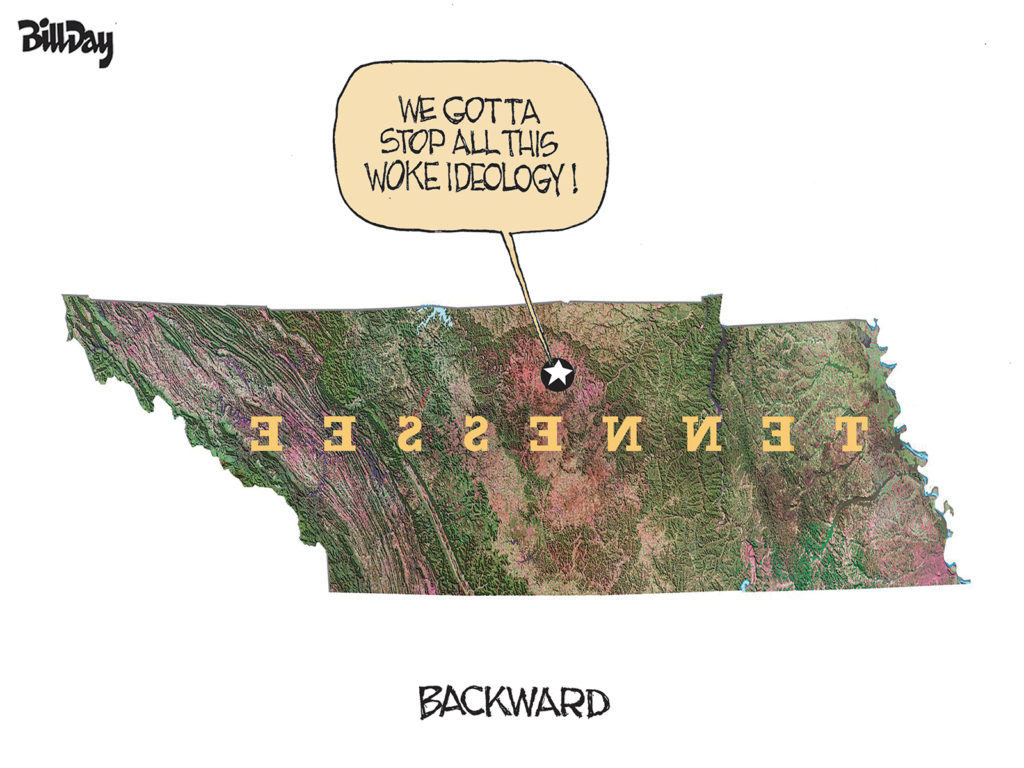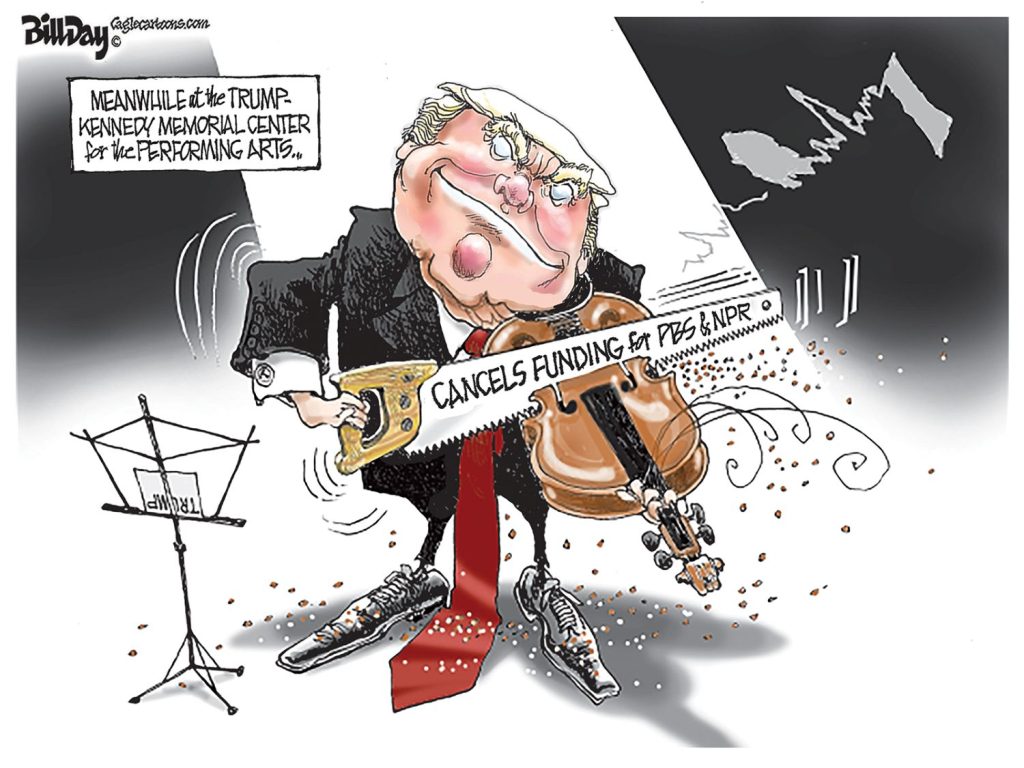Peter Calthorpe, author of “Urbanism in the Age of Climate Change,” is principal of Calthorpe Associates and was named one of the 25 “innovators on the cutting edge” by Newsweek magazine for his work redefining models of growth in America. In the early 90’s, Calthorpe developed the concept of Transit Oriented Development (TOD), which was highlighted in his earlier book, “The Next American Metropolis: Ecology, Community, and the American Dream.” Calthorpe, a founder of the Congress for New Urbanism (CNU) and its first board president, has created regional plans for Portland, Salt Lake City, Los Angeles, and post-hurricane Southern Louisiana. Recently, in California, he led a state-wide urban design effort, Vision California, to inform the implementation of the state’s climate change legislation.
In your new book, “Urbanism in the Age of Climate Change,” you argue that “urbanism is the foundation for a low carbon future,” and the most cost effective solution to climate change, even more so than renewable energy. Urbanism allows us to do more with less. What is urbanism? Why is urbanism the solution?
There’s no great urbanism without a walkable environment, without active streets, and without diverse communities. Good urbanism has these three basic principles: One is human scale, which has to do with designing public spaces around the pedestrian rather than the car. Ironically, human scale can exist in incredibly dense places, like Manhattan, or in relatively low density places, like the historic centers of our rural towns. While there’s a huge variety, they are walkable, human scale, and the end result is still urban. Diversity is another key ingredient of urbanism and basically says that you have to have a range of uses mixed together, you can’t isolate housing and shopping and employment into separate zones. But also you need a diverse population — you can’t isolate age groups, income groups, and family types. Those two fundamental principles, human scale and diversity, are always at the heart of urbanism, whether it’s in a city context or in a small town context. That’s one of the most important messages. The third principle, which wasn’t historically part of urbanism, is conservation and restoration. It used to be that a city would pretty much plow over whatever got in its way, whether it was wetlands or any aspect of the natural environment. There needs to be a greater sensitivity to the ecological context. But I think we can weave different kinds of urbanism around the ecological framework that we want to preserve and enhance.
Cities also remake themselves — demolish and rebuild all the time — and I think that’s a very important part of urbanism. The resilience of the urban fabric is that it can be renewed and redone. However, a greater sensitivity to history, historic resources, and cultural resources have to be part of urbanism now. So, those three principles: conservation, both in terms of the environment and in terms of culture and history; human scale, which translates into creating pedestrian environments that work; and diversity, which means you have to create mixed use communities for a full range of people. That’s at the heart of what I mean when I say urbanism. That then easily translates into what would be the best foundation for a low carbon future.
The urban solution involves both technology and design. For example, we will need to dramatically reduce the number of miles we drive as well as develop less carbon intensive vehicles. It will mean living and working in buildings that demand significantly less energy as well as powering them with renewable sources. It will involve the kinds of food we eat, the kinds of homes we build, the ways we travel, and the kinds of communities we inhabit. It will certainly involve giving up the idea of any single “silver bullet” solution (whether solar or nuclear, conservation or carbon capture, adaptation or mitigation) and understand that such a transformation will involve all of the above–and, perhaps most important, that they are all interdependent.
To read more, click here.




